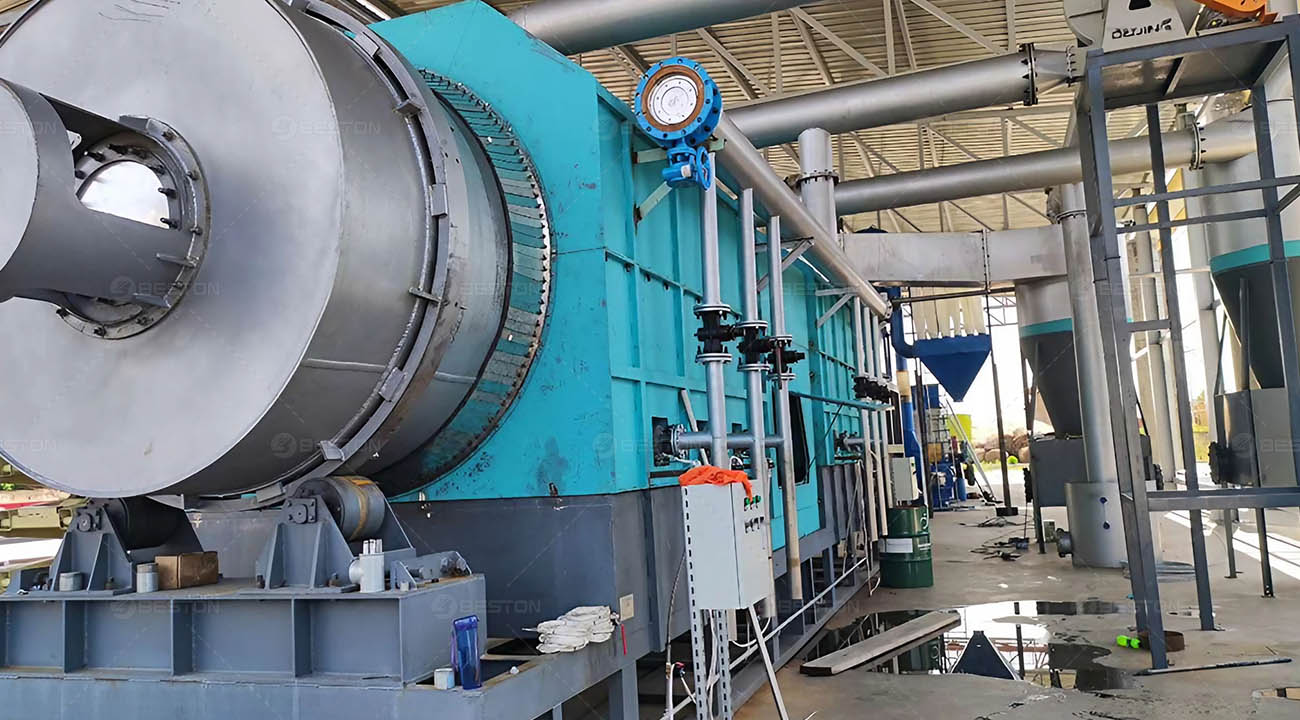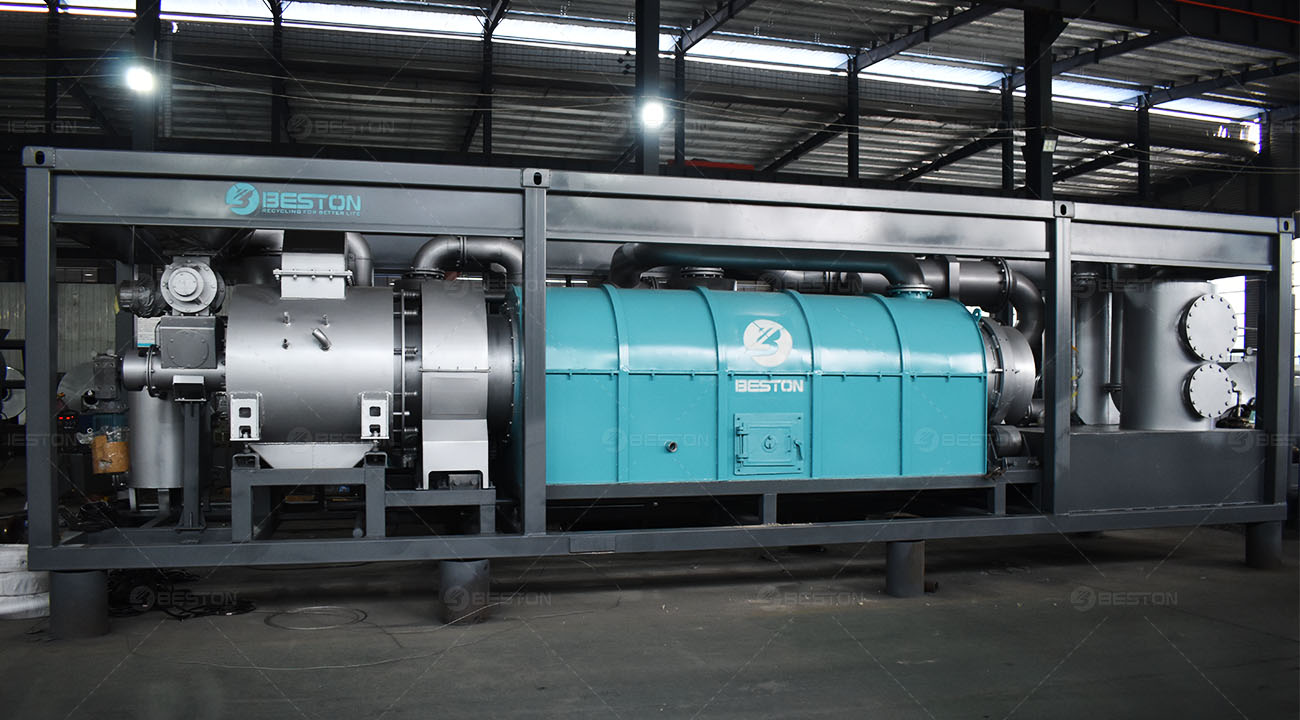Wood Charcoal Making Machine Brings Solutions to Garden Waste Biomass Management
Garden waste biomass, a byproduct of maintaining lush green spaces, poses a significant challenge to environmental sustainability. From prunings to grass clippings, the accumulation of such waste can result in methane emissions, soil degradation, and aesthetic concerns. In this article, we explore an innovative solution to this predicament: wood charcoal making machines. These machines offer a sustainable approach to garden waste management by efficiently converting biomass into valuable charcoal while mitigating the adverse environmental impacts associated with traditional disposal methods.

Understanding Garden Waste Biomass
There are many types of garden waste that a wood charcoal making machine can handle:
Types of Garden Waste Biomass
- Prunings and Branches: These include tree branches, shrub clippings, and pruned limbs.
- Leaves and Grass Clippings: Fallen leaves and freshly cut grass contribute to the bulk of garden waste.
- Weeds and Trimmings: Unwanted weeds and plant trimmings further add to the biomass.
The Environmental Impact of Unmanaged Garden Waste
- Methane Emissions: When garden waste decomposes in landfills, it produces methane, a potent greenhouse gas.
- Soil Degradation: Disposing of biomass improperly can deplete soil nutrients and structure.
- Aesthetic Issues: Piles of garden waste can be unsightly and detract from the beauty of outdoor spaces.
The Traditional Approach to Garden Waste Disposal
Composting
- Composting is a common method, but it has limitations such as slow decomposition and space requirements.
Landfilling
- Landfilling garden waste raises concerns about space scarcity, emissions, and leachate contamination.
Incineration
- Incineration, while reducing volume, often poses energy inefficiency and air pollution challenges.

The Innovative Solution: Wood Charcoal Making Machines
What is a Wood Charcoal Making Machine?
- Components and operation of charcoal maker machines facilitate the conversion of biomass into charcoal.
Benefits of Using Wood Charcoal Making Machines
- Efficient conversion of garden waste biomass into a valuable product.
- Sustainable charcoal production with minimal environmental impact.
- Significant reduction of waste volume through the conversion process.
Environmental Advantages
- Carbon sequestration through charcoal production.
- Reduced methane emissions compared to landfilling.
- Improved soil quality due to the application of biochar.
How to Utilize a Wood Charcoal Making Machine
Step-by-Step Process
- Collection and preparation of garden waste for processing.
- Loading and safe operation of the biochar making machine.
- Charcoal production and proper collection techniques.
Safety Considerations
- Guidelines for handling garden waste and ensuring safe machine operation.
- Maintenance and upkeep to prevent accidents and maintain efficiency.
Future Prospects for Garden Waste Biomass Management
Emerging Technologies and Research
- Advancements in biomass conversion technology and the role of artificial intelligence in optimizing operations.
Sustainable Urban Planning
- The integration of urban green spaces and waste management into city planning.
- Community initiatives for greener cities and improved garden waste management.
Global Environmental Goals
- The alignment of garden waste biomass management with Sustainable Development Goals and international efforts for a cleaner planet.
If you want to get more biomass recycling solutions, you can contact Beston Group. This is an experienced charcoal making machine manufacturer.
Conclusion
Innovations like wood charcoal making machines offer a promising path to addressing the challenges of garden waste biomass management. By efficiently converting garden waste into valuable charcoal, these machines reduce waste volume, sequester carbon, and help mitigate methane emissions. As we strive for a more sustainable future, embracing such technologies can lead to greener and cleaner outdoor spaces for generations to come. It’s time to harness the power of biomass conversion technology for the betterment of our environment.
- The Complete Work Guide to Biomass Pyrolysis Plants
- Coconut Cultivation and Innovative Waste Management Strategies